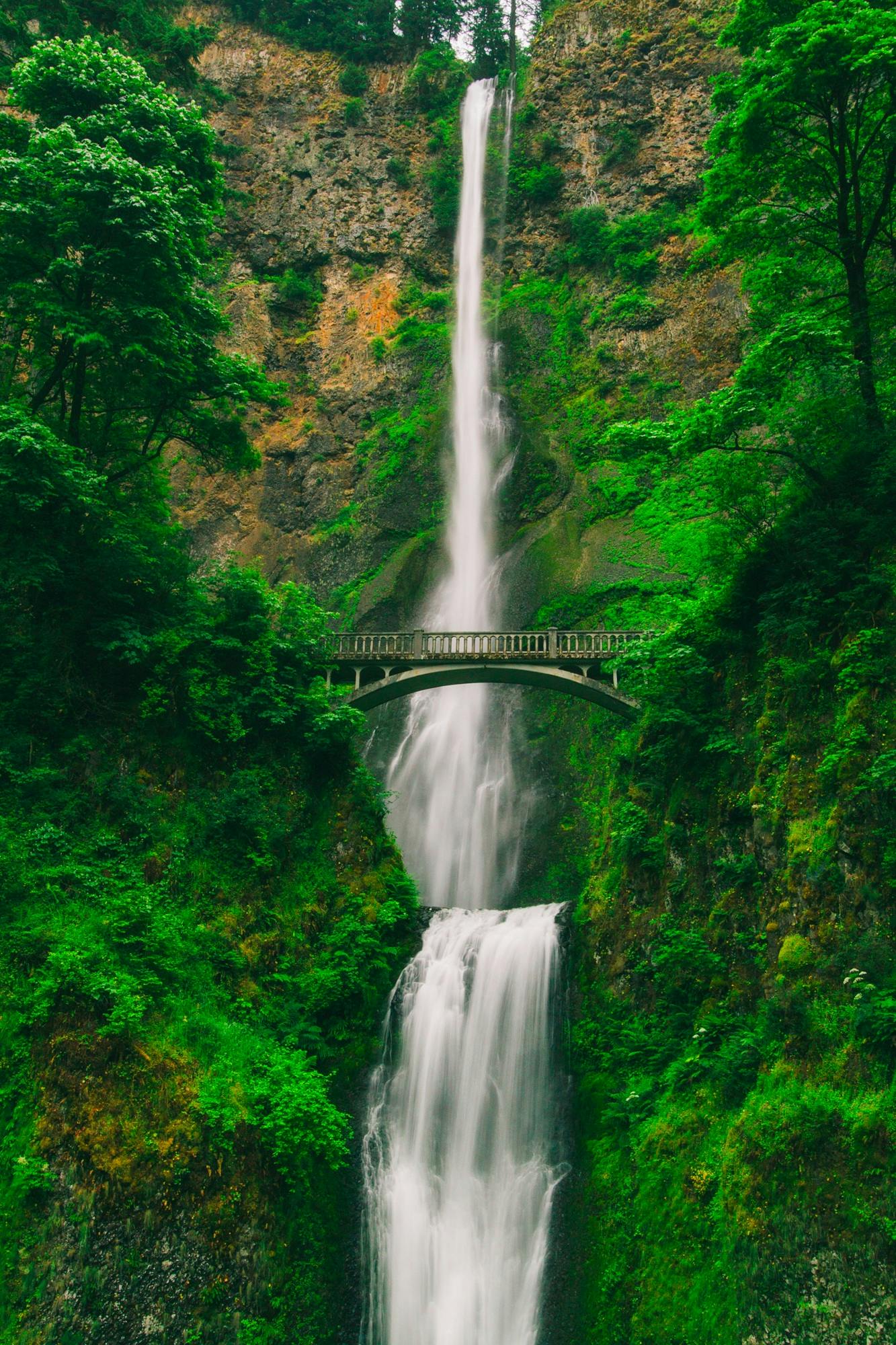Art Bounty
Discover the vibrant world of art and creativity.
Nature Photos: Where Every Leaf Tells a Story
Explore stunning nature photos where every leaf captures a unique story. Discover the beauty and magic of the natural world today!
The Hidden Language of Leaves: Understanding Nature's Storytellers
The world of leaves extends far beyond their aesthetic appeal; they are the storytellers of nature, each leaf a unique chapter in the tale of a plant's life. Through their shapes, sizes, and colors, leaves convey vital information about their environment and health. For instance, broad leaves typically thrive in wet, humid conditions, while needle-like leaves are adaptations to conserve water in arid climates. Understanding this hidden language reveals how plants interact with their surroundings and adapt to changing conditions.
Moreover, leaves communicate even after they fall from the trees. As they decompose, they release nutrients back into the soil, fostering a cycle of life that supports countless organisms. This silent yet powerful interaction illustrates the importance of leaves as not only visual elements in our landscapes but as nature's storytellers. By observing the variations in leaf morphology across different ecosystems, we can gain insights into ecological health and stressors, ultimately deepening our appreciation for the intricate narratives woven into our natural world.

How to Capture the Perfect Nature Photo: Tips for Outdoor Photography
Capturing the perfect nature photo requires a blend of technique and appreciation for the environment. To start, **choose the right time** to shoot, as natural light varies throughout the day. The golden hours—shortly after sunrise and before sunset—offer soft, warm light that enhances the beauty of your subjects. Plan your shoot around these times to achieve stunning results. Additionally, consider the weather and how it can transform your scene. Unique cloud formations, fog, or rain can add mood and drama to your photographs.
Once you've set up your shot, remember to pay attention to your composition. Utilize the rule of thirds by dividing your frame into a 3x3 grid and placing key elements at the intersections. This technique creates a more dynamic and engaging photograph. Don't forget to experiment with different angles and perspectives, such as low to the ground or from above, to find the most compelling view. Lastly, practice patience; wildlife often requires waiting for the right moment to capture that perfect shot, making **patience** a fundamental element of outdoor photography.
What Do Different Leaf Shapes and Colors Tell Us About Their Environment?
The shape and color of leaves are not just aesthetic features; they are vital indicators of a plant's adaptation to its environment. For instance, broad leaves are typically found in tropical regions where sunlight is abundant and rainfall is high. These leaves maximize photosynthesis by capturing more sunlight. Conversely, in arid environments, plants often exhibit needle-like leaves, which reduce water loss through transpiration. Such adaptations allow these plants to thrive under harsh conditions, showcasing the remarkable ability of flora to respond to their surroundings.
Moreover, leaf color can provide insights into health and stress levels influenced by environmental factors. Green leaves indicate healthy plants capable of photosynthesis, while yellowing leaves may suggest nutrient deficiencies or excess water. Focusing on leaf shape and color can help botanists and gardeners alike understand the environmental pressures on a particular species. In conclusion, observing these characteristics can offer us clues not only about plant adaptation but also about the broader ecological conditions of their habitats.